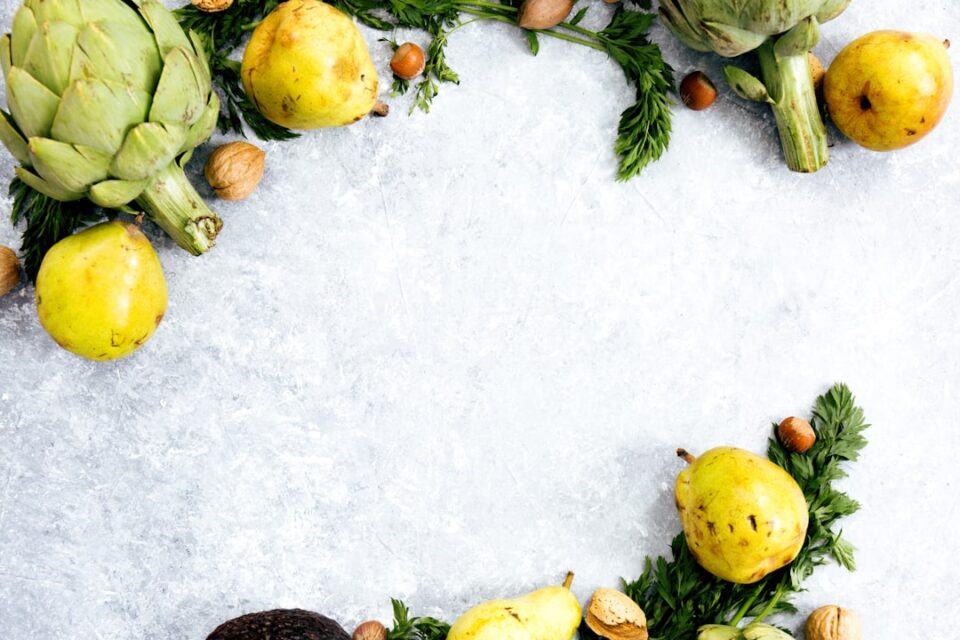Chocolate has been enjoyed by people around the world for centuries, but few truly understand the rich and complex history behind this delectable treat. From its humble beginnings as a bitter drink enjoyed by ancient civilizations to its status as a luxurious indulgence in modern times, chocolate has undergone a fascinating evolution.
The story of chocolate begins in Mesoamerica, where the ancient Mayans and Aztecs were the first to cultivate the cacao tree, from which chocolate is derived. The cacao tree produces large, football-shaped pods that contain cacao beans. These beans were fermented, roasted, and ground into a paste, which was then mixed with water and other ingredients to create a bitter drink that was enjoyed by the Mayan and Aztec elites.
The Mayans and Aztecs believed that cacao was a gift from the gods, and they valued it so highly that it was used as currency and even offered as a sacrifice to the gods. The Spanish conquistadors who arrived in the Americas in the 16th century were introduced to chocolate by the indigenous peoples, and they brought it back to Europe, where it quickly became popular among the nobility.
In the 17th century, chocolate houses began to spring up in major European cities, where the drink was enjoyed by the wealthy elite. The addition of sugar to the bitter cacao drink made it more palatable, and the popularity of chocolate began to spread throughout Europe.
It wasn’t until the 19th century that chocolate began to be produced in solid form. In 1828, Dutch chemist Coenraad Van Houten invented the cocoa press, which separated cocoa butter from the cacao solids, allowing for the production of cocoa powder. This innovation made it possible to mix cocoa powder with sugar and other ingredients to create a smooth, solid chocolate bar.
The Swiss were the first to perfect the art of making chocolate bars, and companies like Nestle and Lindt began producing high-quality chocolate that quickly gained popularity around the world. In the late 19th and early 20th centuries, advancements in manufacturing technology made it possible to produce chocolate on a larger scale, and chocolate bars became an affordable treat for the masses.
Today, the process of making chocolate from bean to bar is a complex and highly specialized endeavor. Cacao beans are harvested from the cacao tree and fermented to develop their flavor. The beans are then roasted, cracked open, and the nibs inside are ground into a thick paste known as chocolate liquor. This chocolate liquor is then further processed to separate the cocoa butter from the cocoa solids, which are ground into cocoa powder.
The cocoa butter and cocoa powder are then mixed together with sugar and other ingredients to create a smooth, creamy chocolate mixture. This mixture is then tempered, a process that involves heating and cooling the chocolate to ensure that it has a shiny finish and a smooth texture. The tempered chocolate is then poured into molds, cooled, and wrapped to create the chocolate bars that we know and love today.
The history of chocolate is a testament to the ingenuity and creativity of human beings. From its humble beginnings as a bitter drink enjoyed by ancient civilizations to its status as a luxurious indulgence in modern times, chocolate has undergone a remarkable evolution. Today, chocolate is enjoyed by people around the world in a variety of forms, from bars and truffles to hot cocoa and chocolate-covered treats.
Whether you prefer dark, milk, or white chocolate, there is no denying that this sweet treat has a special place in our hearts and our taste buds. So the next time you indulge in a piece of chocolate, take a moment to appreciate the rich history and fascinating journey that this delicious treat has taken to reach your mouth. And remember, chocolate is not just a treat, it’s a true culinary treasure.

